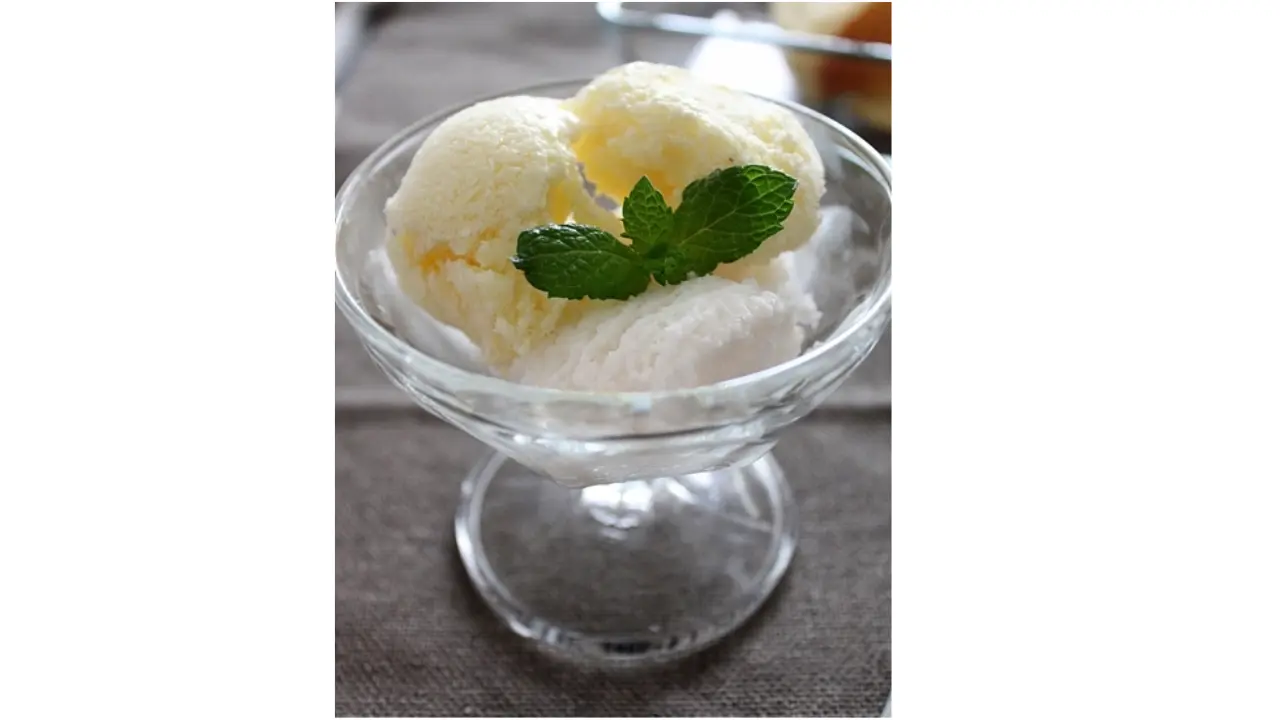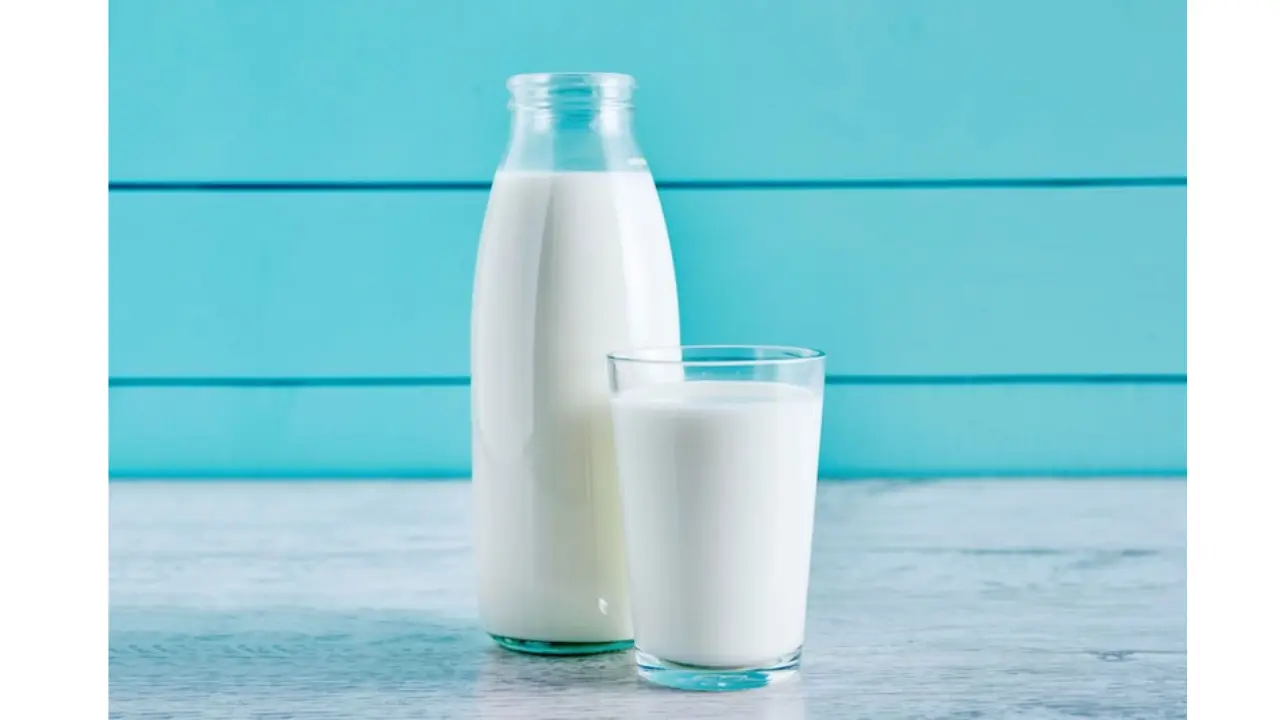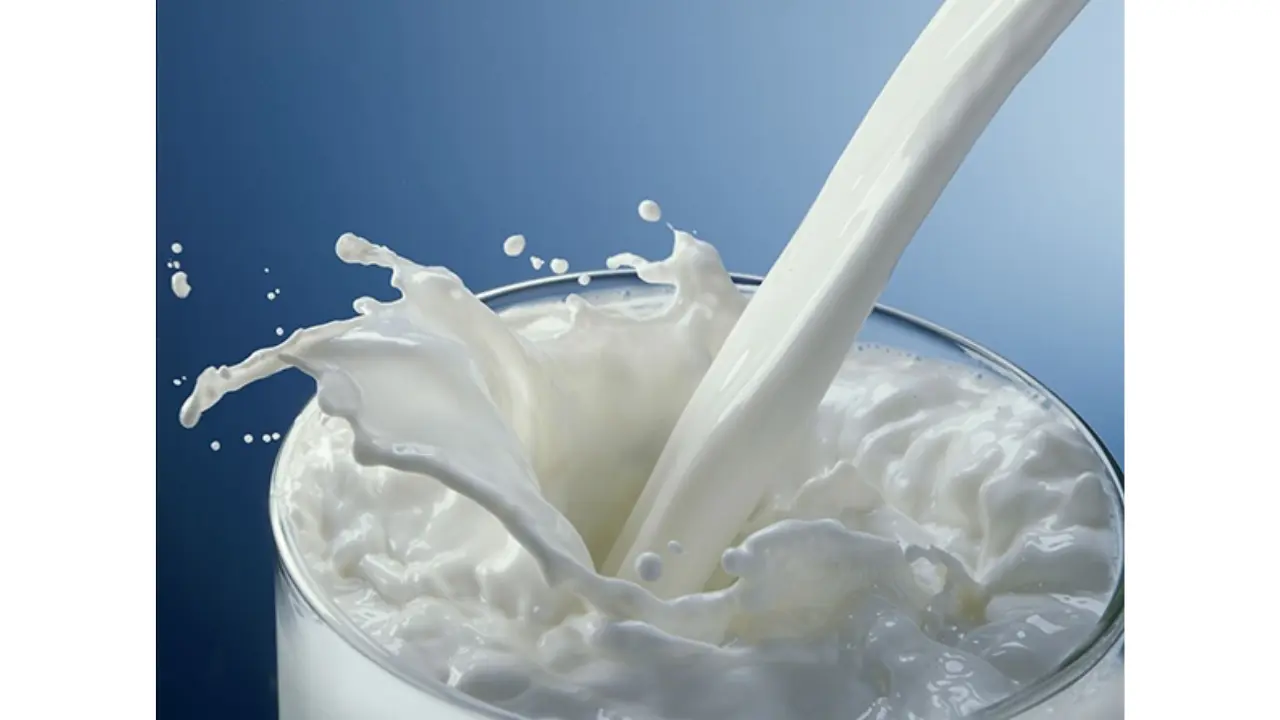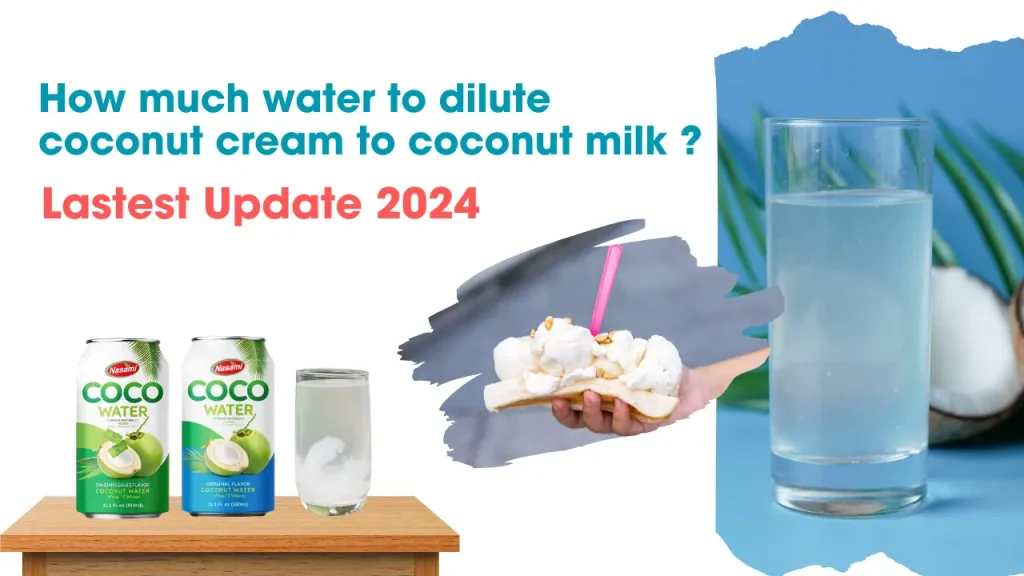How much water to dilute coconut cream to coconut milk? Coconut cream and coconut milk are two staple ingredients in many cuisines, particularly in tropical regions. While they share similar flavors, their textures and consistencies differ significantly. Understanding how much water to dilute coconut cream to achieve the desired coconut milk consistency can enhance your cooking and baking experiences.
Understanding Coconut Cream and Coconut Milk
What is Coconut Cream?
Coconut cream is a thick, rich product derived from the flesh of mature coconuts. It is made by simmering shredded coconut meat in water and then straining the mixture to extract the creamy liquid. This results in a dense, velvety substance with a high fat content, typically ranging from 20% to 25%. The richness of coconut cream makes it a popular ingredient in a variety of culinary applications.
 Coconut cream has a smooth, creamy texture and a sweet, nutty flavor. Its consistency is similar to that of
Coconut cream has a smooth, creamy texture and a sweet, nutty flavor. Its consistency is similar to that of
heavy cream, which allows it to add a luscious quality to both sweet and savory dishes. Unlike coconut milk, which is thinner and more diluted, coconut cream has a concentrated coconut taste that can significantly enhance the flavor profile of recipes.
Get information about all products of Nasami Beverages.
What is Coconut Milk?
Coconut milk is a creamy, liquid product made from the flesh of mature coconuts. It is created by blending shredded coconut meat with water and then straining the mixture to produce a smooth, milk-like consistency. This results in a product that is much thinner than coconut cream, with a fat content typically ranging from 5% to 10%.

Coconut milk has a smooth, velvety texture and a slightly sweet, nutty flavor that is less intense than that of coconut cream. It is known for its ability to blend seamlessly into various dishes, enhancing flavors without overpowering them. Its consistency resembles that of regular dairy milk, making it a popular alternative in many recipes.
The Need for Dilution – How much water to dilute coconut cream to coconut milk ?
Why Dilute Coconut Cream?
Coconut cream is thicker and richer than coconut milk, making it ideal for certain recipes that require a creamy texture, such as desserts and curries. However, there are situations where you might need a lighter option. Diluting coconut cream can provide a more versatile ingredient that can be used in various dishes without overwhelming other flavors.
When and Why You Might Need to Dilute Coconut Cream
- Recipe Adaptation: If a recipe calls for coconut milk but you only have coconut cream on hand, dilution becomes essential. Many recipes, especially soups, stews, and beverages, benefit from the lighter consistency of coconut milk.
- Caloric and Fat Content: Coconut cream is higher in calories and fat compared to coconut milk. If you’re looking to reduce these in your diet, diluting coconut cream can help you achieve a similar flavor profile with fewer calories.
Benefits of Using Diluted Coconut Cream
- Versatility: Diluted coconut cream can be used in various culinary applications, from savory dishes to sweet treats.
- Flavor Balance: Diluting the cream allows for a more balanced flavor, especially in dishes where the coconut flavor should complement rather than dominate.
- Customization: You can control the consistency and richness according to your preference by adjusting the dilution.

How Dilution Affects Consistency and Flavor
Differences in Thickness and Richness
When you dilute coconut cream with water, you alter its texture and consistency. Coconut cream is dense and has a creamy, velvety feel, while coconut milk is much lighter and pourable. A common ratio for dilution is to mix one part coconut cream with one part water, but this can be adjusted depending on your desired thickness.
For example:
- For a thicker coconut milk: Use a 1:1 ratio of coconut cream to water.
- For a thinner consistency: Increase the water ratio to 1:2 (one part coconut cream to two parts water).
Impact on Taste and Texture in Recipes
The flavor of diluted coconut cream remains distinctly coconutty, but the intensity may soften. This is particularly beneficial in recipes where a strong coconut flavor may overpower other ingredients.
- In Sweet Dishes: Diluted coconut cream works well in puddings, smoothies, and baked goods, providing richness without excessive heaviness.
- In Savory Dishes: For soups and curries, diluted coconut cream adds a creamy texture while allowing spices and other flavors to shine through.
How to Dilute Coconut Cream to Make Coconut
Basic Dilution Ratio
To transform coconut cream into coconut milk, it’s essential to understand the recommended water-to-coconut cream ratio. The typical dilution ratio provides a good balance between richness and fluidity.
Recommended Water-to-Coconut Cream Ratio
The standard dilution ratio is generally 1:1. This means for every cup of coconut cream, you should add an equal amount of water. This ratio yields a creamy, full-flavored coconut milk that can be used in various recipes.
Example of Standard Dilution Ratios
Here are some practical examples of dilution ratios you can use:
- 1 cup coconut cream + 1 cup water: This creates a standard coconut milk consistency, suitable for most recipes, including soups, sauces, and desserts.
- 1 cup coconut cream + 1.5 cups water: This will give you a slightly thinner coconut milk, ideal for smoothies or light soups.
- 1 cup coconut cream + 2 cups water: For a very light coconut milk, this dilution works well for beverages or when you want to use coconut milk as a base without overwhelming the other flavors.
Adjusting the Ratio
While the basic dilution ratios are helpful, you may want to adjust them based on the desired thickness or creaminess of your coconut milk.
How to Adjust Based on Desired Thickness or Creaminess
- For Thicker Coconut Milk: If you prefer a richer coconut milk, reduce the amount of water. For instance, try mixing 1 cup of coconut cream with ¾ cup of water for a creamier texture that works well in rich curries and desserts.
- For Thinner Coconut Milk: If you want a lighter consistency, increase the water ratio. Mixing 1 cup of coconut cream with 2.5 cups of water will yield a very thin coconut milk, perfect for soups or beverages.
Tips for Achieving the Perfect Consistency
- Taste as You Mix: As you dilute the coconut cream, taste the mixture to ensure it meets your desired flavor and consistency. This will help you adjust the ratio more accurately.
- Blend Well: Use a whisk or blender to mix the coconut cream and water thoroughly. Blending helps achieve a smooth consistency and prevents lumps from forming.
- Experiment: Don’t hesitate to experiment with different ratios until you find the perfect consistency for your recipes. Cooking is often about personal preference, so feel free to adjust to your liking.
Practical Tips for Diluting Coconut Cream
Measuring and Mixing
How to Measure Accurately
Accurate measurements are crucial when diluting coconut cream to achieve the perfect coconut milk consistency. Here are a few methods to ensure you measure correctly:
- Use a Liquid Measuring Cup: For liquid ingredients, using a clear liquid measuring cup allows you to see the measurement lines clearly. Pour your coconut cream to the desired level, then add water to the same level for a 1:1 ratio.
- Scale for Precision: If you want to be precise, consider using a kitchen scale. One cup of coconut cream typically weighs about 240 grams. For a 1:1 dilution, weigh out an equal amount of water.
- Spoon and Level: If you are using canned coconut cream, spoon it into your measuring cup, then level it off with a flat edge for an accurate measurement.
Techniques for Mixing to Ensure a Smooth Consistency
After measuring, it’s important to mix the ingredients well to achieve a smooth consistency:
- Use a Whisk: Whisking vigorously can help combine the coconut cream and water effectively, breaking up any lumps and ensuring a smooth mixture.
- Blender or Hand Mixer: For an even smoother consistency, blend the coconut cream and water using a blender or a hand mixer. This method is especially useful if your coconut cream is particularly thick.
- Let It Rest: After mixing, allow the diluted coconut milk to sit for a few minutes. This will help any remaining bubbles settle and improve the texture.
Storage Tips
How to Store Diluted Coconut Milk
Once you’ve diluted your coconut cream into coconut milk, proper storage is key to maintaining its quality:
- Use an Airtight Container: Store your diluted coconut milk in a clean, airtight container to prevent exposure to air and contaminants. Glass jars or BPA-free plastic containers work well.
- Refrigeration: Keep diluted coconut milk in the refrigerator. It can typically last for up to 3-5 days. Make sure to label the container with the date to keep track of freshness.
Shelf Life and Best Practices
Understanding the shelf life of diluted coconut milk will help you use it effectively:
- Check for Signs of Spoilage: Before using your stored coconut milk, always check for changes in smell, texture, or color. If it smells sour or has separated excessively, it’s best to discard it.
- Freezing for Longer Storage: If you have leftover diluted coconut milk that you won’t use within a few days, consider freezing it. Pour it into ice cube trays or freezer-safe bags. Frozen coconut milk can last up to 3 months. Just remember to thaw it in the refrigerator before use, and shake or stir well to recombine.
Common Mistakes to Avoid
Over-Dilution
One of the most significant mistakes people make when diluting coconut cream is over-dilution.
How Too Much Water Can Affect the Quality
Adding too much water can lead to a watered-down coconut milk that lacks flavor and richness. When you over-dilute, you dilute not only the texture but also the inherent coconut flavor, resulting in a bland liquid that does not serve well in recipes. This is especially problematic in dishes like curries, soups, or desserts where the creamy texture and coconut taste are essential.
To maintain the quality of your coconut milk, stick to the recommended dilution ratios, typically around 1:1 or 1:1.5 (coconut cream to water). If you need a lighter version, add water gradually while tasting the mixture until you achieve the desired consistency without compromising flavor.
Inconsistent Mixing
Another common mistake is inconsistent mixing of the coconut cream and water.
Issues Caused by Improper Mixing
Improper mixing can lead to an uneven texture, with lumps of coconut cream floating in water. This not only affects the appearance of your coconut milk but also the overall mouthfeel. If the mixture is not blended well, you may also encounter separation, where the coconut cream rises to the top, leaving water at the bottom. This makes it difficult to use in recipes, as you won’t achieve a consistent flavor or texture.
To avoid these issues, follow these mixing tips:
- Use a Blender: Blending coconut cream and water ensures a smooth, lump-free consistency. A high-speed blender is especially effective for this task.
- Whisk Thoroughly: If you don’t have a blender, use a whisk and mix vigorously until the coconut cream is fully combined with the water. This method can help prevent clumps.
- Allow to Rest: After mixing, let the diluted coconut milk sit for a few minutes. This allows any air bubbles to settle and can improve the overall texture.
Recipes and Usage
Simple Recipes Using Diluted Coconut Milk
Once you’ve diluted your coconut cream into coconut milk, here are some quick and delicious recipes to try:
Coconut Curry Noodles
Ingredients:
- 1 cup diluted coconut milk
- 200g rice noodles
- 1 tablespoon red curry paste
- 1 cup mixed vegetables (such as bell peppers, carrots, and snap peas)
- 1 tablespoon soy sauce
- Fresh basil or cilantro for garnish
Instructions:
- Cook the rice noodles according to the package instructions. Drain and set aside.
- In a large pan, heat a little oil over medium heat. Add the red curry paste and sauté for 1-2 minutes until fragrant.
- Pour in the diluted coconut milk and bring to a simmer. Add the mixed vegetables and cook for about 5 minutes until tender.
- Stir in the cooked noodles and soy sauce, mixing well.
- Garnish with fresh basil or cilantro before serving.
Tropical Smoothie
Ingredients:
- 1 cup diluted coconut milk
- 1 banana
- 1 cup pineapple chunks (fresh or frozen)
- 1 tablespoon honey or maple syrup (optional)
- Ice cubes (optional)
Instructions:
- In a blender, combine the diluted coconut milk, banana, pineapple chunks, and honey or maple syrup.
- Blend until smooth and creamy. If you prefer a colder smoothie, add a handful of ice cubes and blend again.
- Pour into a glass and enjoy!
Coconut Rice Pudding
Ingredients:
- 1 cup Arborio rice
- 2 cups diluted coconut milk
- 1 cup water
- 1/4 cup sugar
- 1/2 teaspoon vanilla extract
- A pinch of salt
- Cinnamon for garnish
Instructions:
- In a saucepan, combine the rice, diluted coconut milk, water, sugar, and salt.
- Bring to a boil, then reduce heat and simmer, stirring frequently, until the rice is tender
- Stir in the
- Serv
Substituting Coconut Milk in Recipes
Diluted coconut cream can easily be used as a substitute for coconut milk in a variety of dishes. Here’s how to effectively make the substitution:
- Soups and Stews:
When a recipe calls for coconut milk, you can replace it with an equal amount of diluted coconut cream. This works well in soups, curries, and stews, providing a rich flavor without compromising texture. - Baking:
In baking recipes, such as cakes or muffins, you can substitute diluted coconut cream for coconut milk in a 1:1 ratio. This will add moisture and a hint of coconut flavor to your baked goods. - Smoothies and Beverages:
Use diluted coconut cream in place of coconut milk for smoothies and tropical beverages. This will give your drinks a creamy texture and a delicious coconut taste. - Sauces and Dressings:
When preparing sauces or dressings that call for coconut milk, you can use diluted coconut cream. This substitution adds depth and creaminess to dishes like curries, pasta sauces, or salad dressings.
Understanding how much water to dilute coconut cream to coconut milk is essential for creating the right texture and flavor in your culinary creations. By following the recommended dilution ratios – typically around 1:1 to 1:2, depending on your desired creaminess—you can transform rich coconut cream into a lighter, versatile coconut milk suitable for various recipes.
Throughout this guide, we’ve explored simple recipes that highlight the delightful uses of diluted coconut milk, from coconut creamed spinach to coconut chia seed pudding. Additionally, we discussed how to effectively substitute diluted coconut cream for coconut milk in soups, baking, smoothies, and sauces, allowing you to enhance your dishes with a creamy coconut flavor.
We encourage you to experiment with dilution ratios to find the ideal consistency that works best for you. Whether you prefer a thicker coconut milk for rich curries or a lighter version for smoothies, adjusting the water content can make all the difference. Don’t hesitate to try different combinations and discover how you can incorporate this delicious ingredient into your favorite recipes.
Get information about all products of Nasami Beverages.

